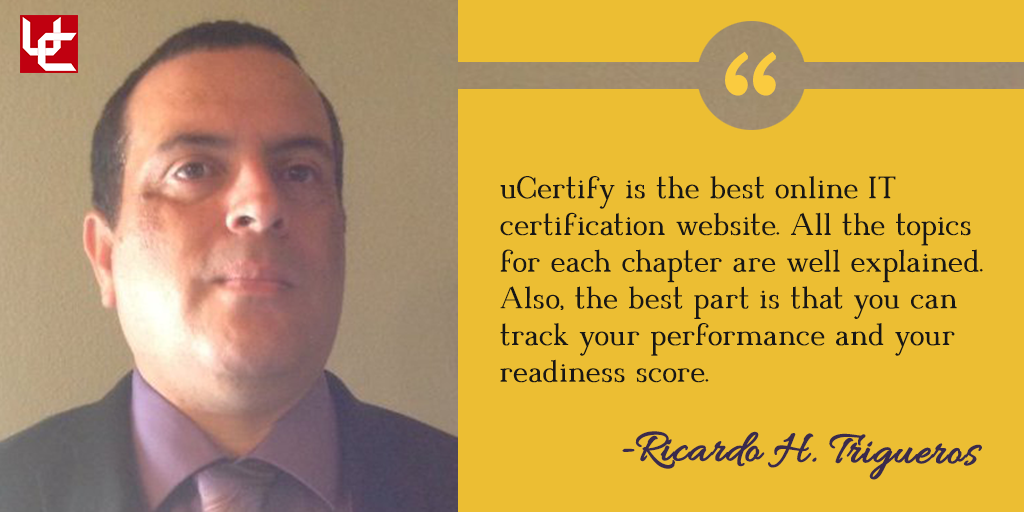The CX310-091(Sun Certified Business Component Developer for the Java Platform, Enterprise Edition 5) test checks your ability to understand, test, and develop basic EJB code. It requires you to have a good understanding of enterprise Java beans 3.0, and the ability to write code for well-defined design applications. The test asks all sorts of tricky questions, which you might not encounter in the real world. Practicing the following things with the subject will make you confident enough of scoring well in the test:
- Identify characteristics, programming restrictions, and benefits of EJB 3.0. Understand the responsibilities of the EJB container and those of a Bean Provider.
- Understand the differences between stateless session beans, stateful session beans, and message-driven beans for EJB 3.0.
- Identify correctly implemented deployment descriptor elements for an enterprise Java bean.
- Identify the responsibilities of the container and the services that it provides in the Enterprise JavaBeans version 3.0.
- Use annotations and deployment descriptor in code and understand how the two mechanisms interact.
- Understand the life cycle of session and message-driven beans. Understand the use of PostConstruct and PreDestroy methods.
- Identify correct and incorrect statements about Timer Services. Understand how to use the TimerService, Timer and TimerHandle interfaces, and the @Timeout callback method.
- Understand the use of relationships including bi-directional associations for @OneToOne, @ManyToOne, @OneToMany, and @ManyToMany annotations and unidirectional associations for @OneToOne, @ManyToOne, @OneToMany, and @ManyToMany annotations.
- Identify correct and incorrect statements about transaction management for persistence contexts, persistence context propagation, EntityManager.joinTransaction() method, and the EntityTransaction API.
- Identify the responsibilities of the Bean Provider, Application Assembler, Bean Deployer, Container Provider, System Administrator, and Persistence Provider for a given task.
- Identify correct and incorrect statements or examples of EJB transactions, and how a transaction is to be committed or rolled back for both container and bean-managed transactions.
- Understand the effect of persistence exceptions on transactions and persistence contexts. Understand the packaging of persistence unit and the use of the persistence.xml file.
- Use annotations and/or deployment descriptors to specify transactions. Understand the use of the EJB API for transaction management, including the getRollbackOnly, setRollbackOnly, and SessionSynchronization interfaces.
- Identify the use, benefits, syntaxes for a Java Persistence QL query including the SELECT, FROM, and WHERE clauses. Write queries using EJB-QL expressions.
- Identify correct and incorrect statements or examples of application exceptions and system exceptions in session beans and message-driven beans.
- Understand EJB support for security management including security roles, security role references, and method permissions and the responsibilities of Bean Provider, Application Assembler, Bean Deployer, Container Provider, and System Administrator for providing security.





No Comments Yet
Be the first to share your thoughts on this post!